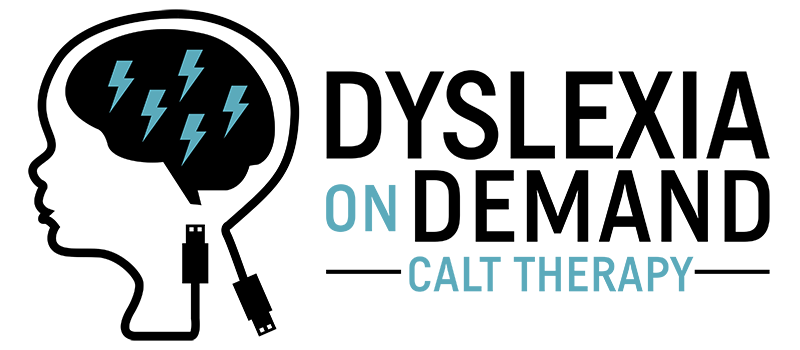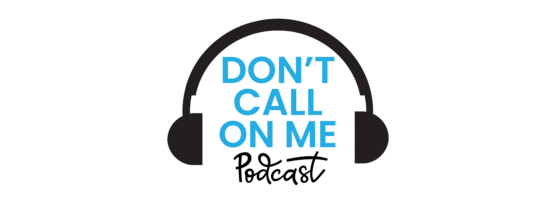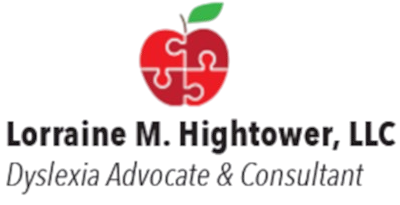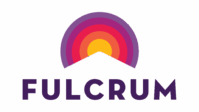
How To Find The Best Dyslexia Help For Your Patients
Pediatricians, neuropsychologists, and doctors play a crucial role in caring for children and families. They help to promote preventive care through vaccinations, well visits, advice, diagnoses, treatment, advocacy, and ongoing care. One of the most crucial things that medical providers can do is to help address concerns that parents may have about their child’s health and well-being. Sometimes, it might be necessary to refer children and families to certain specialists when they’re navigating challenges like a learning disability. Medical providers play a crucial role in recognizing and helping families with children who have dyslexia. Providing families with information about the signs and symptoms of dyslexia as well as suggesting potential interventions can be so helpful too. Read on to learn more about how to find the best dyslexia help for your patients.
Early identification is key. While office visits often come with a survey done by parents and patients that provide medical background information, providers can often implement age-appropriate screening tools if a learning disability like dyslexia is suspected. Certain struggles like delayed language development, trouble with rhyming, and difficulty with phonological awareness may point to dyslexia. Staying up to date on screening recommendations from organizations like the International Dyslexia Association can be helpful ways to lead to a diagnosis and care.
Point patients to qualified professionals. As a doctor, having a referral list of qualified professionals such as psychologists, educational specialists, and certified academic language therapists (CALTs) is a great way to offer families the help they’re looking for. For dyslexia, CALTs are highly educated and qualified professionals that practice evidence-based interventions and focus on programs that incorporate multisensory structured language education. Seek good resources such as Dyslexia on Demand’s provider directory.
Advocate for support from your patients’ schools. Working with families to understand their child’s educational situation is key. Some patients may have an individualized education program or a 504 plan at school. Knowing about how accommodations and interventions can be effective in class and helping families to understand different accommodations can be beneficial to patients.
Stay informed. The world of learning disabilities is always changing as more research and technology becomes available to patients and professionals. It is important to keep up to date on best practices, assessments, and possible interventions by attending workshops and conferences or by reading up on research. This way, you can pass on new info to patients too.
Offer ongoing support. Following up with patients who have sought help for dyslexia can be an essential part of their journey. Encouraging families to connect with dyslexia professionals can truly empower patients. Through support, knowledge, and understanding, medical providers have the power to make a big difference in the lives of patients with dyslexia and can lead them to succeed.
Discover one of the greatest resources available for patients with dyslexia. Dyslexia on Demand is a company that believes every child deserves the opportunity to learn to be academically successful, regardless of their learning style or any academic challenges they may face. The mission of Dyslexia on Demand is to make dyslexia therapy accessible to all students despite any barriers like geographical limitations or shortages of qualified interventionists; every child deserves to be an academically successful, life-long learner.
Why dyslexia therapy? Exploring dyslexia options can be so overwhelming; Dyslexia on Demand is one of the very best services available for students with dyslexia. Opting for therapy rather than tutoring can offer students long-lasting solutions through a holistic approach. Dyslexia therapy programs at Dyslexia on Demand help to fundamentally shift a child’s cognitive learning process, which helps them to have better word recognition and fluency. Some key parts of Dyslexia on Demand’s services include:
- Individualized, one-on-one sessions with the same therapist
- Evidence-based language interventions and a therapeutic level curriculum
- High frequency therapy sessions, which help to create new neural pathways
- Working with Certified Academic Language Therapists
- Remediation of underlying language processing skills
- Enhancement of positive self-belief and motivation
- Convenient, accessible therapy sessions are offered online
At Dyslexia on Demand, CALTs guide children through a multisensory program of explicit, systematic instruction for both reading and spelling. The Orton-Gillingham based Take Flight therapy program is a tried and true method for students. Students work closely with one therapist about 4 times per week.
Let your patients know about Dyslexia on Demand. At Dyslexia on Demand, the first step is to schedule an intake meeting. Students then have a meet and greet session with a therapist. Next, we do a relaxed, informal screening in order to collect baseline data to create a prescriptive plan for the student. An evaluation should take approximately 90 minutes. After this, two therapists work in tandem to develop an approach to dyslexia that is specifically tailored to the student. Once the intake session is complete, student sessions can begin.
Finding the best dyslexia help for your patients is such a great way to help them. You can learn more about Dyslexia on Demand, CALTs, dyslexia therapy, and our philosophies by registering for an information session online.












